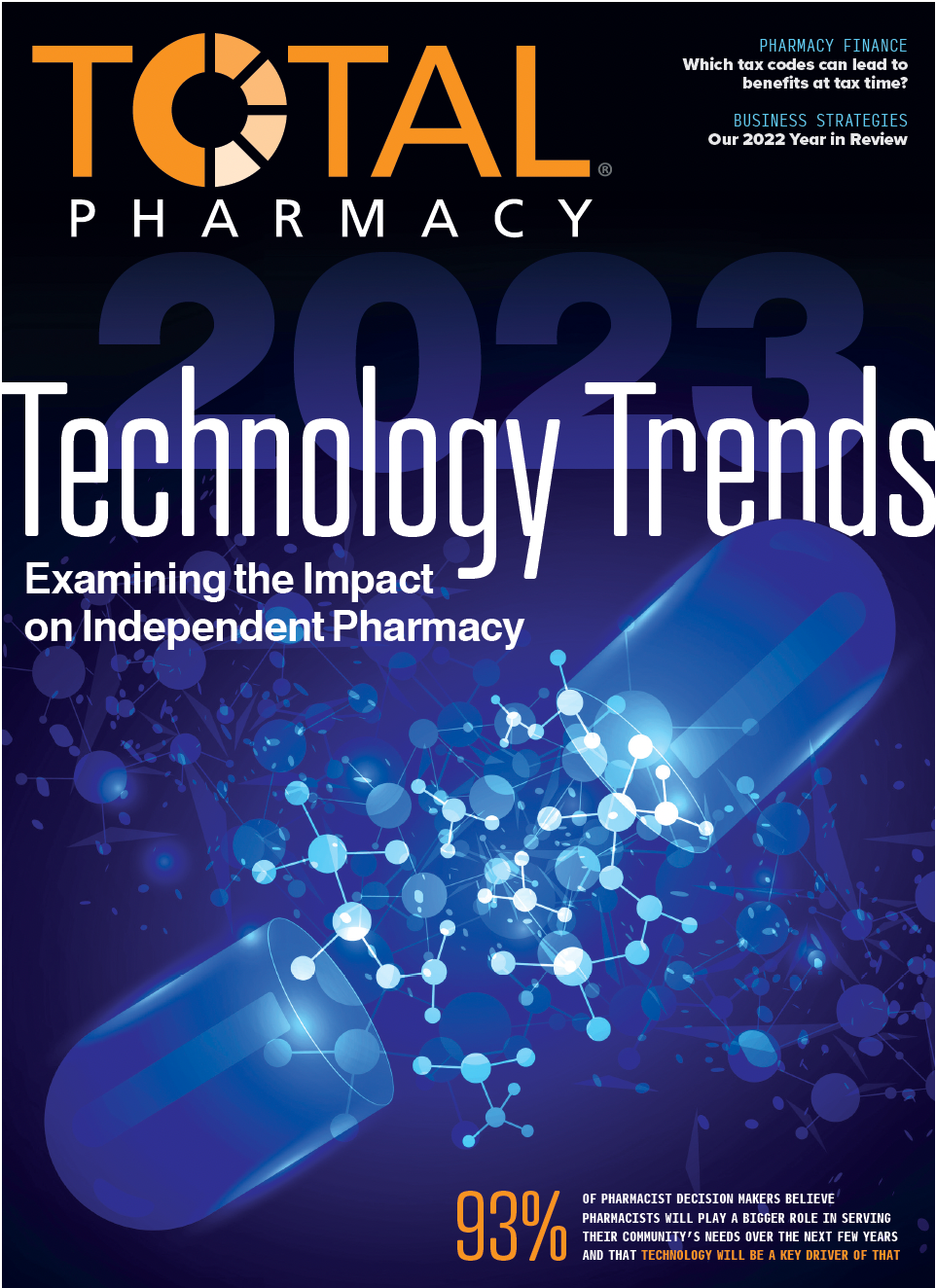Understanding the IRS: Deductions for Pharmacy Owners
For pharmacy owners, understanding tax code can lead to financial benefits at tax time.
Tax code can often be described as confusing at best and understanding how that code applies to pharmacy ownership is something that many pharmacy owners may not have time to deal with. There’s one particular piece of the tax puzzle, though, that all owners should be aware of, and that’s IRS Section 179.
Scott Sykes, a certified public accountant (CPA) at Sykes & Company, an Edenton, North Carolina-based firm that specializes in accounting services for independent pharmacies, noted that this code allows businesses to write-off the full purchase price of any qualifying piece of equipment or software in the year it was purchased or financed.
“Typically, when a pharmacy purchases a major asset that’s an asset to the business and is on the balance sheet for the pharmacy, tax law allows you to write off that asset over a period of time—typically 5 or 7 years,” he said. “There are code sections that Congress has put into law to allow for much quicker depreciation and write-off of that asset, and that’s where Section 179 and Bonus Section 168k come into play.”
Generally speaking, that means that up to 100% of the item can be used as a write-off in the year it was utilized—though there can be some limitations.
Greg Gluck, PharmD, a CPA and director of Pharmacy Development Services’ pharmacy financial management offering, noted that IRS Section 179 is helpful for pharmacies looking to purchase physical property for the business, such as pharmacy software or a delivery car, helping to reduce income taxes.
Section 179 can even be used to purchase a robot to pack and fill medication, which will improve a pharmacist’s workflow and cut down on labor cost—all while providing a tax advantage and a write-off. This is one of the major uses of this code.
“As the end of the year approaches, this is a good time to consider taking advantage of this tax break,” Gluck said, explaining that Section 179 allows the pharmacy to take an immediate deduction related to depreciable assets such as equipment, vehicles, and software.
“This allows the pharmacy to lower its current year’s tax liability rather than depreciate it over time,” he added. “Before making any purchase, meet with your CPA to ensure that the planned equipment purchase will qualify for the deduction. The CPA will account for Section 179 deductions when preparing the pharmacy’s taxes.”
Don’t Lose Out
As with many other available tax breaks,, many pharmacists aren’t taking advantage of this deduction, simply because they’re just not aware such a deduction exists.
“I recommend that pharmacy owners meet quarterly with their CPAs to ask questions and discuss tax mitigation strategies,” Gluck said. “Oftentimes, owners will only speak to their CPA at tax time, and the CPA is usually too busy to discuss such topics—plus, it’s too late for the year gone by.”
One challenge, Sykes noted, is that not every state follows the same federal rules. When planning a purchase and how to write it off, pharmacists will need to consider the state impact and how depreciation is handled. That may mean it makes more sense to turn to a Bonus Section 168k deduction instead.
“With [Section] 179, you can’t generally write off an asset to create a loss,” Sykes said. “If you break even for the year…and you put in a $100,000 robot, you’re not going to be able to create a $100,000 loss. But with Bonus [Section 168k], you are able to do that and create a loss against other income you have.”
There are also limitations around vehicles. Smaller vehicles—those less than 6000 pounds—are capped at certain levels; but for vehicles larger than 6000 pounds, as long as they are used 100% percent for business, a pharmacist can write the entire thing off.
